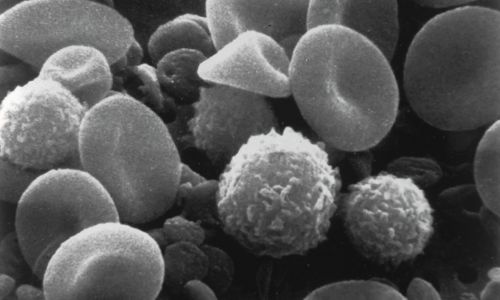Bleeding Disorder Information
About Bleeding Disorders
Bleeding disorders are a group of disorders that share the inability to form a proper blood clot. Symptoms include extended bleeding after injury, surgery, trauma, or menstruation. Sometimes the bleeding is spontaneous, without a known or identifiable cause. Improper clotting can be caused by defects in blood components such as platelets and/or clotting proteins, also called clotting factors. The body produces 13 clotting factors. If any of them are defective or deficient, blood clotting is affected; a mild, moderate or severe bleeding disorder can result.
Some bleeding disorders, such as hemophilia, can be inherited or acquired.
Bleeding disorders are complex, lifelong medical conditions which can have serious, sometimes life threatening impacts on those affected. While all bleeding disorders have a lot in common, such as some symptoms and the complications of bleeding, they are also all different.
Hemophilia Treatment Centers (HTCs) are specialized health care centers that bring together a team of doctors, nurses and other health care professionals experienced in treating people with bleeding disorders.

Hemophilia
Bleeding disorders are treated differently depending on what protein is missing in the blood. Hemophilia is one of the most common bleeding disorders. A person with hemophilia can bleed inside or outside of the body. People with hemophilia do not bleed more than people without hemophilia, they just bleed longer. The most common types of bleeds are into the joints and muscles.
Hemophilia affects 1 in 5,000 male births in the U.S. and approximately 400 babies are born with hemophilia each year. 400,000 people worldwide are living with hemophilia and about 30,000 – 33,000 are living with it in the United States alone. All races and economic groups are affected equally. People with hemophilia who have access to factor replacement therapy have a normal life expectancy.
Hemophilia can be categorized as Type A (Factor VIII deficiency), Type B (Factor IX deficiency), Type C (Factor XI deficiency, or acquired hemophilia.

Von Willebrand’s Disease
VWD is the most common type of bleeding disorder, affecting an estimated one percent of the world’s population. This means that 3.2 million (or about 1 in every 100) people in the United States have the disease. It affects females and males equally. However, because symptoms can be mild, many affected people have not been diagnosed or do not get diagnosed until later in life. If you have VWD, you might be missing or have a deficiency of VWD factor (VWF). You might also have plenty of VWD factor, but it doesn’t function properly. This means that your blood cannot successfully form a clot or a platelet plug or because the site of the bleed cannot receive enough FVIII because the VWF doesn’t transport it properly. VWD is usually hereditary, but it can also be acquired.

Rare Factor Deficiencies
Less-common factor deficiencies such as I, II, V, VII, X, XI, XII and XIII were all discovered and identified in the 20th century. The majority of these conditions were only identified within the last 60-70 years.

Platelet Disorders
Platelets play an important role in blood clotting, so when a person has a low number of platelets, too many platelets or their platelets don’t work the way they should, they have a platelet disorder. People with platelet disorders take longer to stop bleeding. Types of platelet disorders include: Bernard-Soulier Syndrome, Glanzmann’s Thrombasthenia, and Platelet Storage Pool Disease. Some platelet disorders are not fully understood and may result in a diagnosis of an "unspecified platelet disorder."
